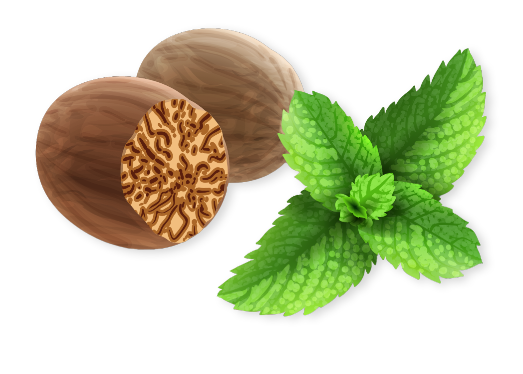Neck Pain and Stiffness
- The pain can range from mild to severe and may worsen with movement, especially when turning the head or looking up. Stiffness in the neck can limit your range of motion, making it difficult to perform everyday tasks.
Cervical Spondylosis, commonly referred to as neck arthritis, cervical spondylosis is a degenerative condition that affects the bones, discs, and joints of the cervical spine (the neck). While it is a natural part of the aging process, it can cause a range of symptoms, from mild discomfort to severe pain. Understanding cervical spondylosis, including its causes, symptoms, and effective treatment options, can help you manage the condition and maintain a healthy lifestyle.
At Sanjeevanam, we offer a comprehensive approach including Ayurveda, physiotherapy, and yoga, which focus on reducing pain and stiffness, improving mobility, and enhancing overall well-being and quality of life. Through time-tested therapies and herbal remedies, Ayurveda addresses the root causes of cervical Spondylosis while promoting holistic recovery.
